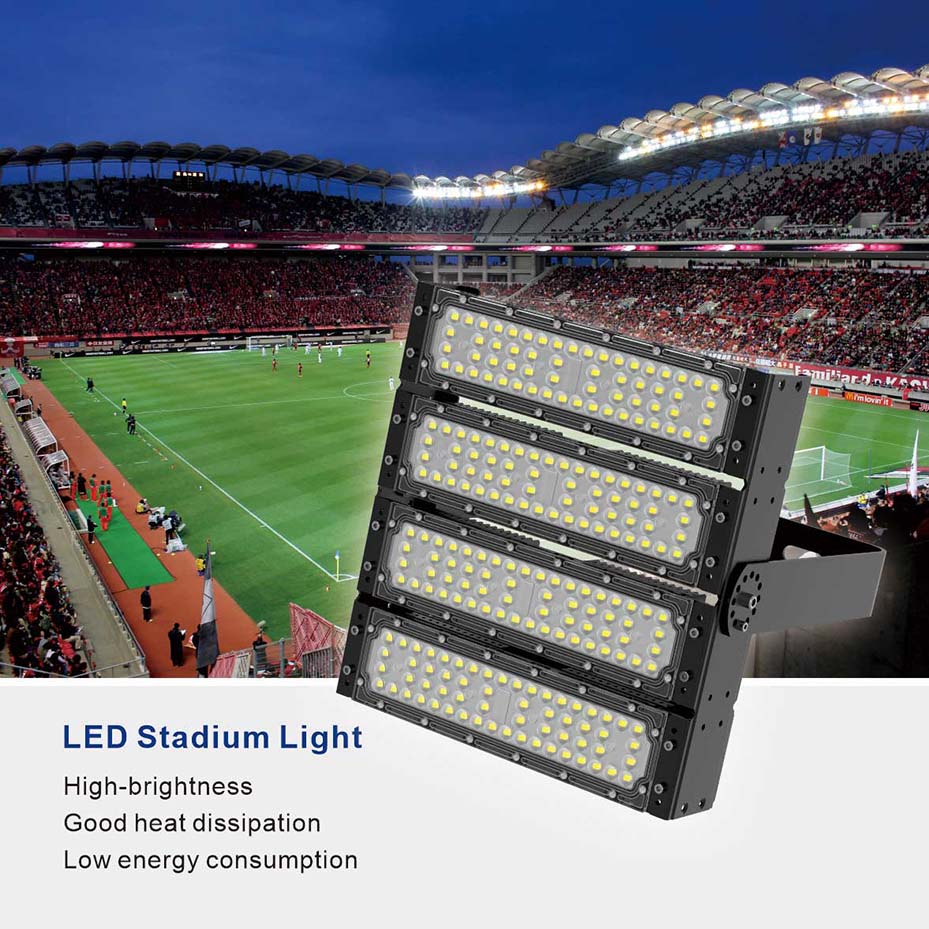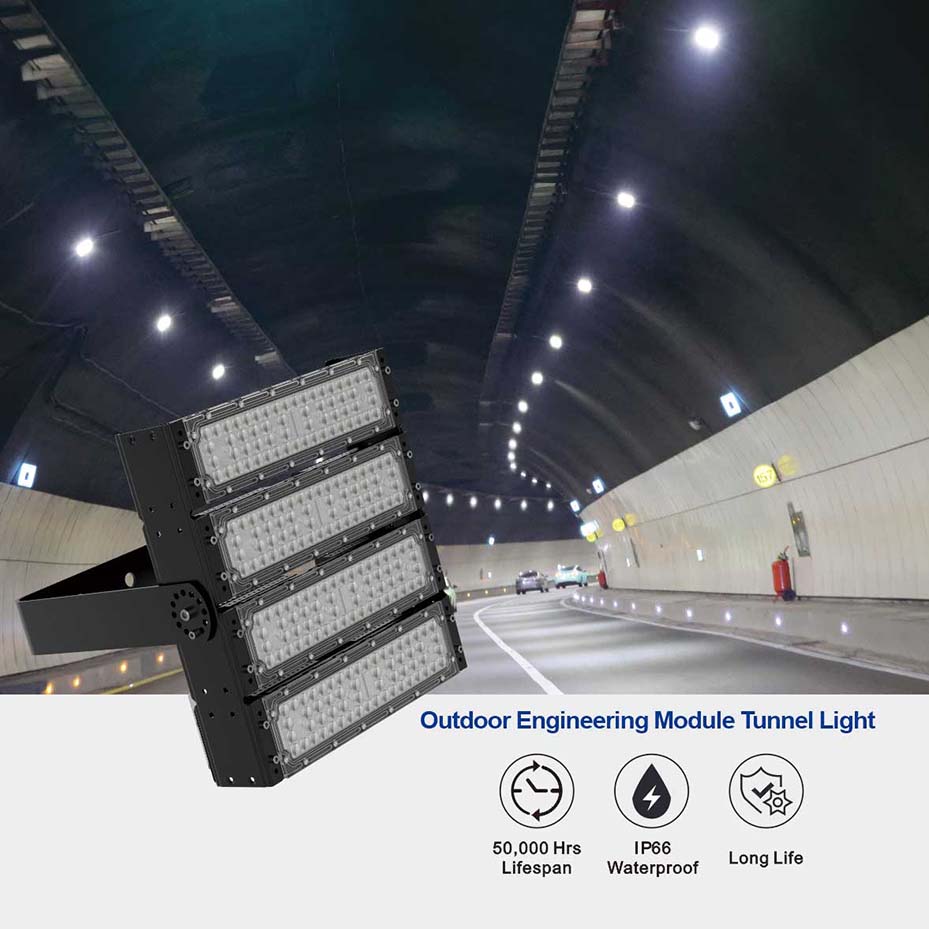-
Products Center
- Module LED Flood Lights
- 100 Series Module LED Flood Lights
- 300 Series Module LED Flood Lights
- 400 Series Module LED Flood Lights
- 600 Series Module LED Flood Lights
- 700 Series Module LED Flood Lights
- 800 Series Module LED Flood Lights
- Cast Aluminum LED Flood Lights
- 100 Series Cast aluminum LED Flood Lights
- 200 Series Cast aluminum LED Flood Lights
- 400 Series Cast aluminum LED Flood Lights
- Street LED Lights
- 100 Series COB LED Street Lights
- 200 Series SMD LED Street Lights
- 300 Series COB LED Street Lights
- 400 Series SMD LED Street Lights
- Application Area
- Certificate Center
- Technical Support
- Contact US

Is 3000K or 4000K Better For Outdoor Flood Lighting?
- date: 2024-12-11
- category: Product application knowledge
- click:
Is 3000K or 4000K better for outdoor flood lighting?3000K and 4000K floodlights have their own advantages and disadvantages in outdoor lighting, and choosing which one is better depends on the specific usage scenario and needs. In this article, we will delve into the importance of 3000K vs 4000K outdoor floodlight color temperature, its applications, and how to choose the right color temperature for your outdoor area.
|
|
3000K Flood Lights (Warm White)
•Color Temperature: Warm yellowish-white light, similar to traditional incandescent bulbs.
•Ambiance: Creates a warm, inviting, and comfortable atmosphere.
•Best For:
•Residential Areas: Perfect for homes, gardens, patios, and other areas where a cozy and welcoming environment is desired.
•Landscape Lighting: Enhances the natural beauty of plants, trees, and decorative elements.
•Restaurants and Cafes: Adds a pleasant, relaxed ambiance suitable for dining and socializing.
•Pros:
•Provides a softer, more comforting light that can reduce glare and eye strain.
•Better color rendering, making it ideal for highlighting colors accurately.
•Less disruptive to nocturnal wildlife and reduces light pollution.
|
|
4000K Flood Lights (Neutral White)
•Color Temperature: Bright white light with a slight blue tint, resembling daylight.
•Ambiance: Creates a crisp, clean, and bright environment.
•Best For:
•Commercial Areas: Suitable for office buildings, retail stores, and public spaces where clarity and visibility are important.
•Parking Lots and Garages: Ensures high visibility and enhances security.
•Sports Facilities and Public Squares: Provides clear illumination for activities and events.
•Pros:
•Offers higher brightness and better visibility, which is crucial for safety and security.
•Improved visual acuity, making it easier to see details and navigate safely.
•Energy-efficient while providing sufficient illumination for large areas.
Considerations
•Safety and Security: If the primary goal is to enhance security and ensure clear visibility, 4000K might be preferable due to its higher brightness and clearer light.
•Aesthetic Appeal: If you want to create a warm, inviting atmosphere or highlight landscaping features, 3000K would be more appropriate.
•Environmental Impact: Warmer lights like 3000K tend to have less impact on nocturnal wildlife and reduce light pollution.
Conclusion
•Choose 3000K if you prioritize creating a warm, welcoming environment, especially in residential or recreational settings.
•Choose 4000K if you need higher visibility and improved safety, particularly in commercial or public areas.
Ultimately, the best choice depends on your specific needs and the intended use of the lighting. If you're unsure, consider consulting with a lighting professional who can provide tailored advice based on your project's requirements.

FAQs
1.Can I change the color temperature of my LED floodlights? Some LED floodlights offer color temperature adjustment, allowing you to adjust the light for different occasions and moods.
2.How does color temperature affect the ambiance of an outdoor area? Cooler color temperatures can create a more alert and secure atmosphere, while warmer tones can create a relaxing and comfortable atmosphere.
3.Can I use different color temperatures in the same outdoor space? Yes, combining different color temperatures can add depth and visual interest to an outdoor area.
4.Are LED floodlights more energy efficient than traditional halogen lamps? Yes, LED floodlights are very energy efficient and last longer than traditional halogen lamps.
5.What is the ideal color temperature for lighting a roadway? The ideal color temperature for a roadway is generally in the neutral white range (3500K-4000K), providing clear visibility without being too bright.




